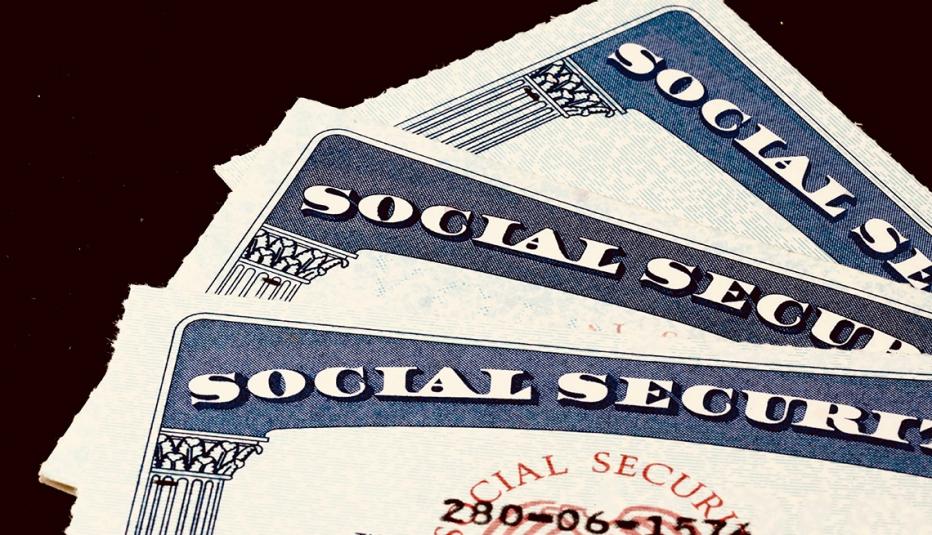AARP Hearing Center
Jim Palmieri, AARP Public Policy Institute
Chantel Boyens and Jack Smalligan, Urban Institute
Kathleen Romig, Center on Budget and Policy Priorities
Richard W. Johnson, Urban Institute


The Social Security Amendments of 1972 created a special minimum benefit to protect low-earning seniors against poverty in old age by giving them a higher benefit than they would receive through the regular Social Security benefit formula. But the minimum benefit has failed to reach many poor beneficiaries due to design limitations. In fact, no new retirees have become eligible for it since 1998.
The minimum benefit itself has become nearly obsolete because it is indexed annually to the growth in prices. In December 2022, just 20,560 people received retired worker benefits based on the minimum benefit; that was out of almost 49 million retired worker beneficiaries altogether, or roughly one for every 2,380 receiving a benefit using the regular formula.
Two AARP Public Policy Institute reports spotlight the opportunities and challenges of enhancing the minimum benefit. Both use the Urban Institute’s DYNASIM model (PDF), a dynamic microsimulation model designed to analyze the long-run distributional consequences of retirement and aging issues.
See this AARP In Brief for an overview and summary of the two reports.
Redesigning Social Security’s Minimum Benefit to Reduce Poverty Among Older Americans
by Chantel Boyens, Kathleen Romig, and Jack Smalligan
Boyens, Romig, and Smalligan argue the fundamental problem is that the original design of the minimum benefit was to boost Social Security benefits of long-term low earners; however, very few of these workers exist in today’s economy. Individuals with sporadic work histories, perhaps due to unpaid family caregiving or health challenges, are far more likely to have low lifetime earnings.
They use Urban Institute’s DYNASIM dynamic microsimulation model to analyze four recent minimum benefit reform proposals and isolate specific factors effective at reducing poverty among older Americans. Their evaluation yields four primary insights:
- A minimum benefit that helps only long-term low earners is insufficient to significantly reduce poverty.
- Targeting the minimum benefit based on beneficiaries’ current household income can yield greater reductions in poverty and make it more cost effective.
- Even with targeting, an effective minimum benefit will cost more than the most common minimum benefit proposals that target long-term low earners.
- Changes to the minimum benefit must address interactions with Supplemental Security Income (SSI) and other means tested programs or they risk leaving some beneficiaries worse off.
To reduce poverty among older and disabled adults and survivors, a minimum benefit that is narrowly focused on long-term low earners is not sufficient. Such proposals miss most people who receive low benefits and have incomes below the poverty line, in large part because they do not assist beneficiaries with significant time out of the paid labor force. This includes women, who are more likely to take time out of the labor force to care for family, and people of color, who face discrimination in the labor market and higher unemployment rates during their work years.
How Could a New Social Security Minimum Benefit Help Seniors?
by Richard Johnson
Johnson’s paper illustrates that whatever fix is pursued, it must be considered in the context of other support programs, such as Supplemental Security Income (SSI) and Medicaid. Many Social Security plans would tie a minimum benefit to work histories, offering a benefit that exceeds the federal poverty level (FPL) only to those beneficiaries with long careers. This feature would limit the reach of a minimum benefit because most retirees receiving limited Social Security benefits did not work very long.
He uses DYNASIM to model two separate hypothetical minimum benefit options: one would set the highest level for the minimum benefit at 125 percent of the poverty level but require 30 years of work; the other would set it at a flat 100 percent of the poverty level but require just 10 years of work to qualify.
Johnson focuses specifically on determining how a more generous minimum benefit would affect SSI eligibility and benefit levels, combined Social Security and SSI benefits, and Medicaid participation for older Americans. For example, he finds that among SSI beneficiaries who would receive a higher Social Security benefit with a 10-year work history requirement and a benefit equal to the poverty level, 17 percent would lose their entire SSI benefit, and 81 percent would lose their Medicaid coverage.
He concludes that the option that requires fewer years of work will affect more people and be more effective at reducing poverty among older adults. Moreover, unless a new minimum benefit protects access to social welfare programs, the outcome would be a new benefit that is not as strong as intended for some people, a financial wash for others, and even more financial insecurity for still others.
Johnson also examines the projected impact on Social Security and SSI spending and finds that both benefit options would have only modest overall budgetary implications, slightly increasing Social Security spending and reducing federal and state SSI payments to a modest or substantial extent, depending on the option.
Find links to all three papers on the Social Security minimum benefit in the right column of this page.
Suggested Citation:
Johnson, Richard W. How Much Could a New Social Security Minimum Benefit Help Seniors? Washington, DC: AARP Public Policy Institute, November 21, 2024. https://doi.org/10.26419/ppi.00339.001
MORE FROM AARP






























































